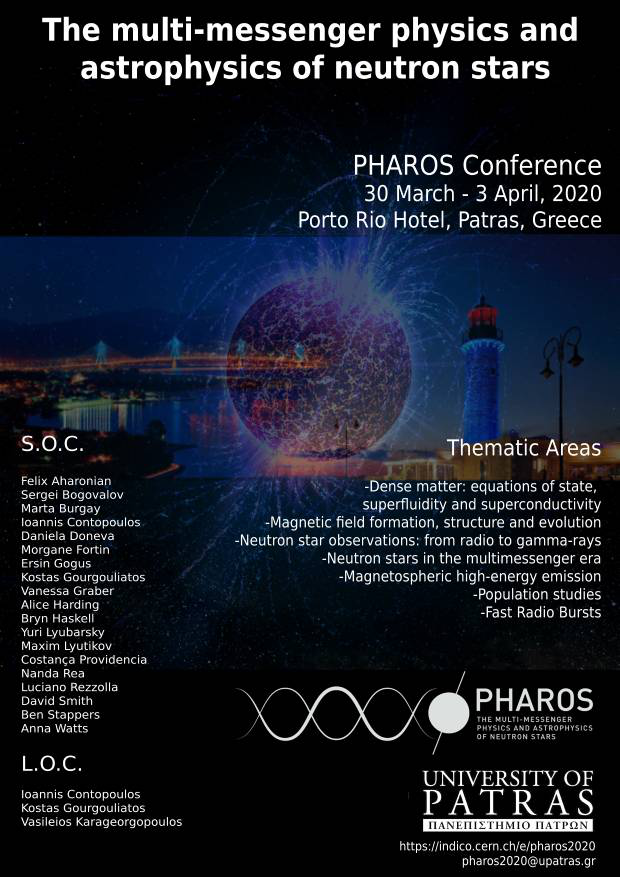Speaker
Description
During the spin-up phase of a large pulsar glitch - a sudden decrease of the rotational period of a neutron star - the angular velocity of the star may overshoot, namely reach values greater than that observed for the new post-glitch equilibrium. These transient phenomena are expected on the basis of theoretical models for pulsar internal dynamics and their observation has the potential to provide an important diagnostic for glitch modelling. In this talk I present a simple criterion to assess the presence of an overshoot, based on the minimal analytical model that is able to reproduce an overshooting spin-up. We employ it to fit the data of the 2016 glitch of the Vela pulsar, obtaining estimates of the moments of inertia of the internal superfluid components involved in the glitch and of the spin-up and relaxation timescales. The results suggest the presence of a reservoir of angular momentum extending beyond the crust and an inner core, possibly made of non-superfluid matter, that is strongly coupled to the magnetosphere.

